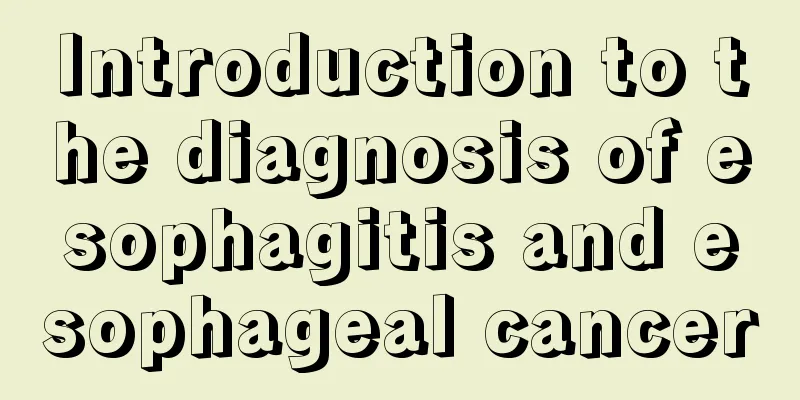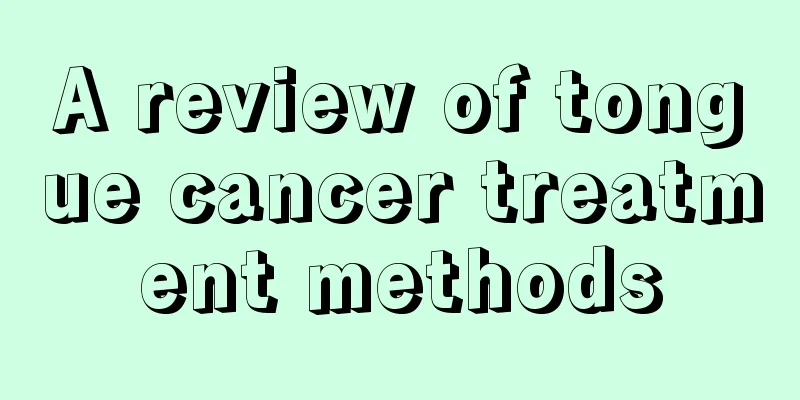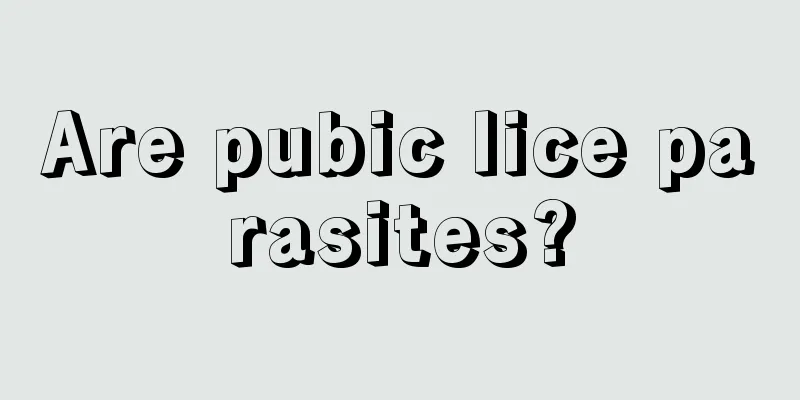Introduction to the diagnosis of esophagitis and esophageal cancer

|
Many patients tend to take the words literally and think that esophageal cancer and esophagitis are almost the same disease. But in fact, there are still big differences between the two. The diagnosis must be correct when checking and confirming, otherwise it will cause great trouble for the later treatment. Below we will give a detailed introduction to the diagnosis of esophageal cancer and esophagitis. How to diagnose esophagitis? At the beginning of the disease, the patient has a loss of appetite, followed by difficulty swallowing, drooling and vomiting. The patient often refuses to eat or food refluxes soon after swallowing. Dogs with acute esophagitis make abnormal snoring sounds due to gastric reflux, and mucus sticks to the corners of their mouths. The esophagus is swollen and hard on palpation. Esophageal barium meal radiography. The esophageal mucosal surface is not smooth and has band-like shadows. Esophageal endoscopy can directly examine the inflammatory state of the esophageal mucosa. Reflux esophagitis Reflux esophagitis refers to inflammatory lesions of the lower esophageal mucosa caused by the reflux of gastric contents into the esophagus. How to diagnose esophageal cancer? X-ray barium meal examination is a commonly used method for clinical diagnosis of esophageal cancer. It can determine the cancer site by the stagnation position of the barium and make a preliminary judgment on the cancer condition based on the results such as the stiffness of the esophageal wall and the narrowness of the esophageal cavity. Esophagoscopy can directly observe the size, shape and location of the tumor, providing an important diagnostic basis for identifying esophageal cancer and having certain guiding significance for subsequent treatment. Esophageal exfoliative cytology examination. After years of clinical observation, it was found that the examination method is simple, the patient suffers little pain, and the false positive rate is low. Practice has proved that it is the most practical method for large-scale surveys in high-incidence areas, with a total positive detection rate of about 90%. Esophageal endoscopic ultrasound examination. Esophageal endoscopic ultrasound examination is gradually used in clinical practice, but the examination price is relatively expensive. CT scanning is a common method for diagnosing esophageal cancer, and it can easily analyze the inducing factors of the disease, clarify the condition, and lay a good foundation for subsequent causal and symptomatic treatment. |
<<: Can esophageal cancer be diagnosed through gastroscopy?
>>: How to diagnose esophageal cancer
Recommend
Have you learned the effective methods to treat acne?
Acne is a common problem among teenagers. Everyon...
The difference between motorcycle single bar and double bar
Motorcycles are divided into single-cylinder and ...
Why can't I make a fist?
The inability to clench a fist is usually related...
Can I have a complete abortion after taking abortion pills?
In the early stages of unexpected pregnancy, most...
Do I need to wash my face after applying milk?
If you use milk to apply on your face, you need t...
How to quickly gain 2 pounds?
While many people are looking for ways to lose we...
What are the symptoms of thyroiditis
The symptoms of thyroiditis require scientific re...
If you break your knee, you can quickly heal the skin by doing this
In daily life, there are many reasons that can ca...
Treatment after recurrence of rectal cancer
I believe everyone is familiar with rectal cancer...
The back of my head feels numb, tight, and dizzy
Sometimes, we may feel numbness, tightness, and d...
Why do pimples appear on both sides of the cheeks
Even if they are not in adolescence, many people ...
What is the best food for malignant cervical cancer
Cervical cancer can be divided into carcinoma in ...
What are the early symptoms of gastric cancer
Gastric cancer, like most tumors, is difficult to...
What are the symptoms of condyloma
Genital warts are a problem that seriously affect...
Facial bone correction
There are some bad habits in life that affect our...









